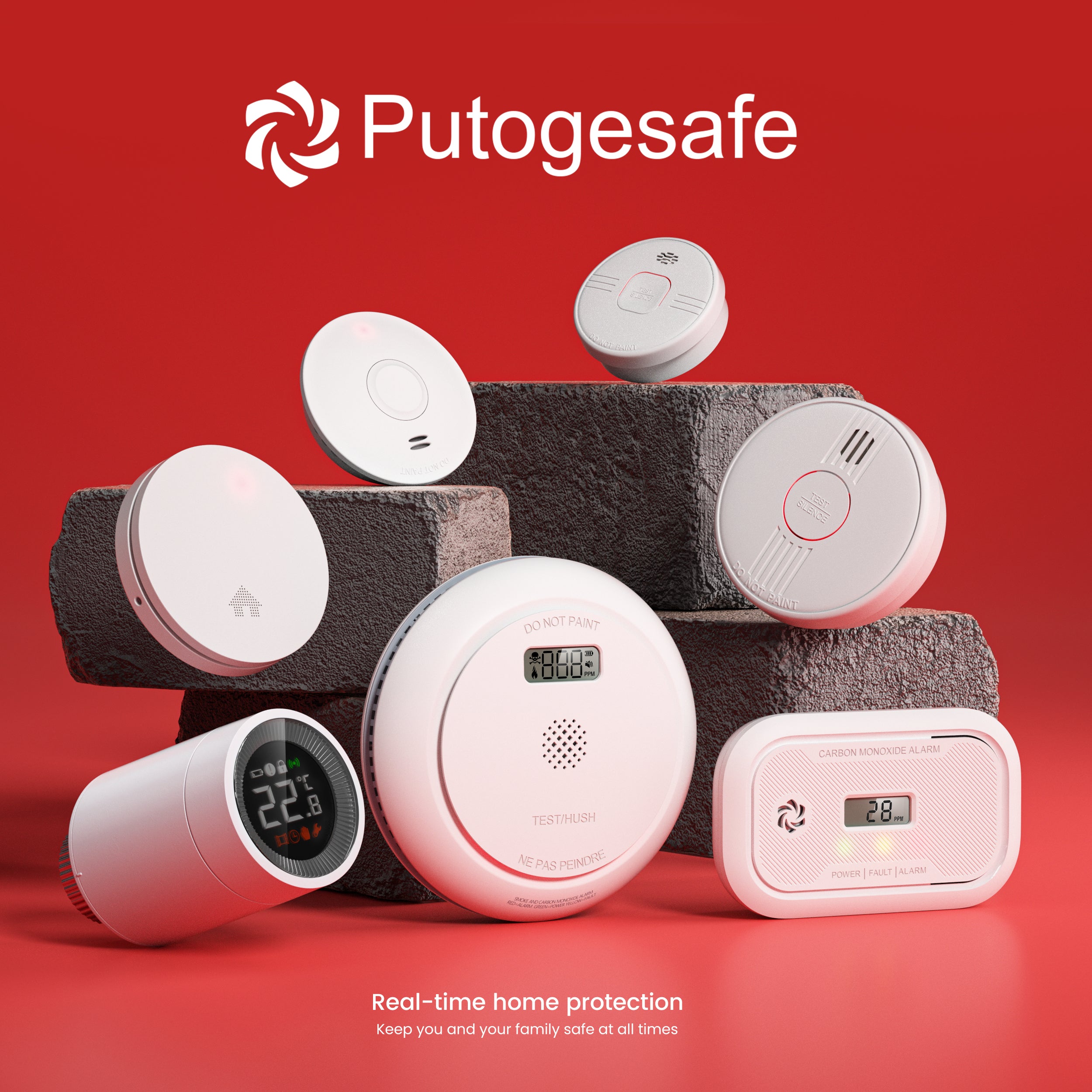Navigating the Options: A Guide to Selecting a Carbon Monoxide Alarm
Selecting a carbon monoxide (CO) alarm for your home is a critical decision that requires careful consideration. With various options available on the market, it's essential to understand the features and differences to make an informed choice. In this post, we'll guide you through the process of choosing the right carbon monoxide alarm for your specific needs.
Types of Carbon Monoxide Alarms:
There are two primary types of CO alarms: biomimetic and electrochemical. Biomimetic alarms are cost-effective and provide reliable detection, while electrochemical alarms are more sensitive to low levels of CO. Understanding the differences between these types can help you choose the one that best suits your requirements.
Power Source:
CO alarms can be powered by batteries, electricity, or a combination of both. Battery-operated alarms offer flexibility in placement but require regular battery replacements. Hardwired alarms, on the other hand, are connected to your home's electrical system and often come with battery backups. Consider the pros and cons of each power source based on your home's layout and your preferences.
Smart Features:
Many modern CO alarms come with smart features such as smartphone connectivity, app alerts, and integration with smart home systems. These features can enhance the overall functionality of the alarm and provide real-time information, allowing you to respond quickly to potential threats.
Placement:
Proper placement of CO alarms is crucial for effective detection. Consider the size and layout of your home, and follow manufacturer recommendations for optimal placement. Some alarms are designed for specific locations, such as bedrooms or hallways. Ensure you have adequate coverage throughout your living space.
Maintenance Requirements:
Regular maintenance is essential for the proper functioning of CO alarms. Understand the maintenance requirements of the alarm you choose, including battery replacement, testing, and overall lifespan. A well-maintained alarm is more likely to provide accurate and timely warnings.
Choosing the right carbon monoxide alarm involves assessing your specific needs, considering the features of different models, and understanding the maintenance requirements. By making an informed decision, you can enhance the safety of your home and minimize the risks associated with this silent threat.
From Putogesafe Official
